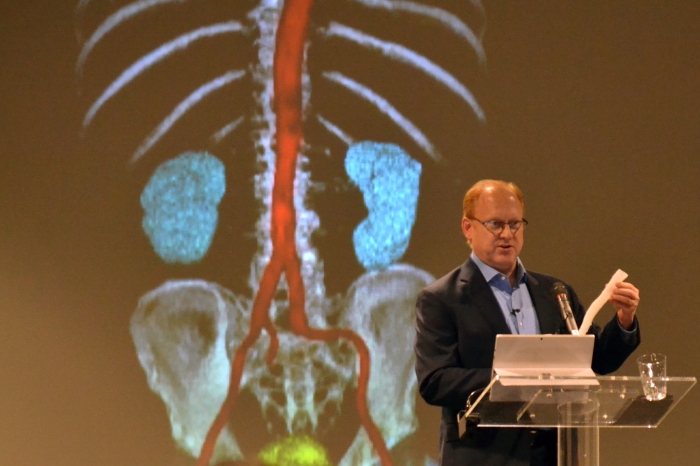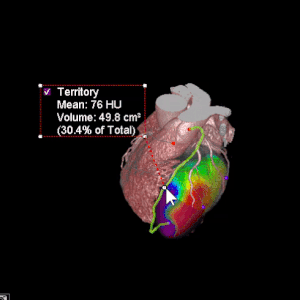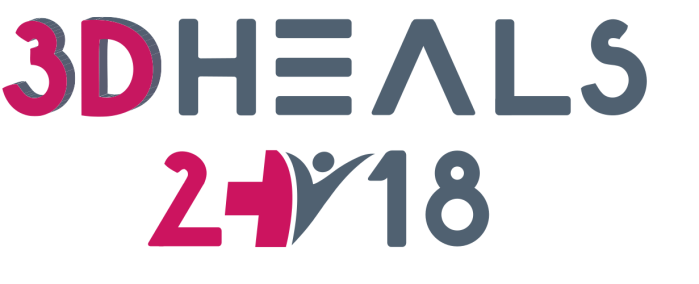The keynote speaker for this conference was

At the 3DHEALS Conference, Jeff talked about the current progress of healthcare imagining technology and the influence of artificial intelligence combined with augmented reality. Artificial intelligence is defined as a machine mimics cognitive functions that humans perform, such as learning and problem-solving.
Even in an age where technology can do amazing things, we put our trust in people more than machines and computers. Faced with a life or death situation, with a split seconds to think, like in the Miracle on the Hudson, we’d all hopefully due what Captain Sully and Captain Shultz did and cast aside the technology, and trust our own eyes and our own instincts. Even though airplanes are intelligent enough to fly themselves, none of us today will get in one without human pilots. This demonstrates that the best way to gain consumer support for a fully automated solution is to assist and elevate the contribution of human intelligence and not try to replace it, at least not too early.
Jeff points out that even though technology may be better to handle a problem, humans still prefer human operators over machines. Therefore this creates a dilemma. How does society integrate improvements? The easiest way for humans incorporate advanced technology will be through “intelligence amplification” not artificial intelligence. Intelligence amplification means a machine assists in cognitive functions. For example, intelligence amplification would be the Marvel’s superhero, Iron Man, compared to an artificial intelligence of TARS the robot from the Interstellar movie. A more healthcare related comparison would be the human-operated Da Vinci Surgical System of Intuitive Surgical versus a completely automated surgical system. It’s going to be very hard for people to trust an algorithm over human reasoning. The greatest obstacle for completely automated systems will not be the research or engineering of the system, but rather the implementation into human society.
Nothing compares to the miracle and genius of the human mind, and that will remain true for a long time. As we innovate, we should focus on eliminating low value tasks, avoid repetition, accelerate decision making, and still incorporate human reasoning, when computers cannot or will not be trusted, but computers can think and they can actually see now, too.
I think it’s important to integrate artificial intelligence into healthcare slowly and I think Jeff puts it perfectly when he says, “as we innovate, we should focus on eliminating low-value tasks, avoid repetition, accelerate decision making, and still incorporate human reasoning.”
So, the question is now how does artificial intelligence affect healthcare today?

EnvoyAI is a medical image processing engine that automatically segments various body parts. Jeff states “high-performance software can take black and white medical images and not only reconstruct them into 3D pictures but also calculate the fluid dynamics inside.” This reduces the number of invasive and costly procedures for patients. The operator can also interact with the segmented anatomy and edit the segmented anatomy; segmented anatomy can be view in AR headset allowing multiple experts to view the same segmented anatomy. Computer vision and 3D visualization software allow for instant global collaboration on medical problems and conditions. This imaging breakthrough will also allow for physicians to elevate their contribution, and connect with patients in ways not before possible.
You can take an online tour of Terracon’s products here: https://www.terarecon.com/tour-selector
